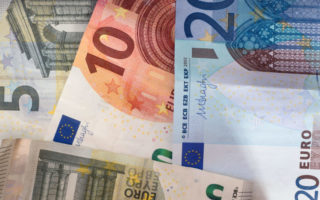French Property Location Guide: Vendee
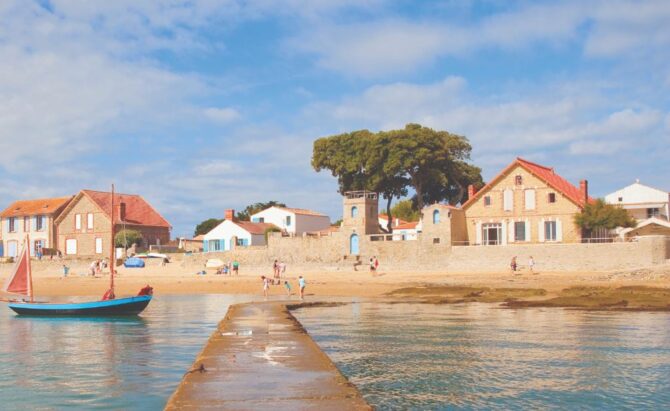
The Vendée encapsulates the best of France: glorious coastlines, rural idylls, cultural heritage, rolling vineyards and delectable food – Annaliza Davis looks at all the reasons why this region could be your ideal French retreat…
Sitting on the west coast between Nantes and La Rochelle, the Vendée is one of France’s most popular tourist destinations- and rightly so, given its many wonderful attractions. The coast is a big draw: many visitors come purely for seaside holidays, some for watersports and the international sailing centre at Les Sables d’Olonne, and others to walk the coastal paths, or visit the pretty Île d’Yeu. Inland, there are countless picturesque villages and heritage sites to explore, the tranquil Vendée wetlands, renowned vineyards producing high-quality wines, as well as one of the country’s most popular theme parks, Le Puy du Fou. If you enjoy seasonal changes or you’re hoping to benefit from the tourism industry to earn a living here, you’ll discover several hotspots to focus on, from seaside resorts to bustling market towns. If you prefer a slower pace and a restful haven, there are quiet corners throughout the Vendée that get very few visitors, so you can find a home in a village community, or properties with no neighbours and panoramic views.
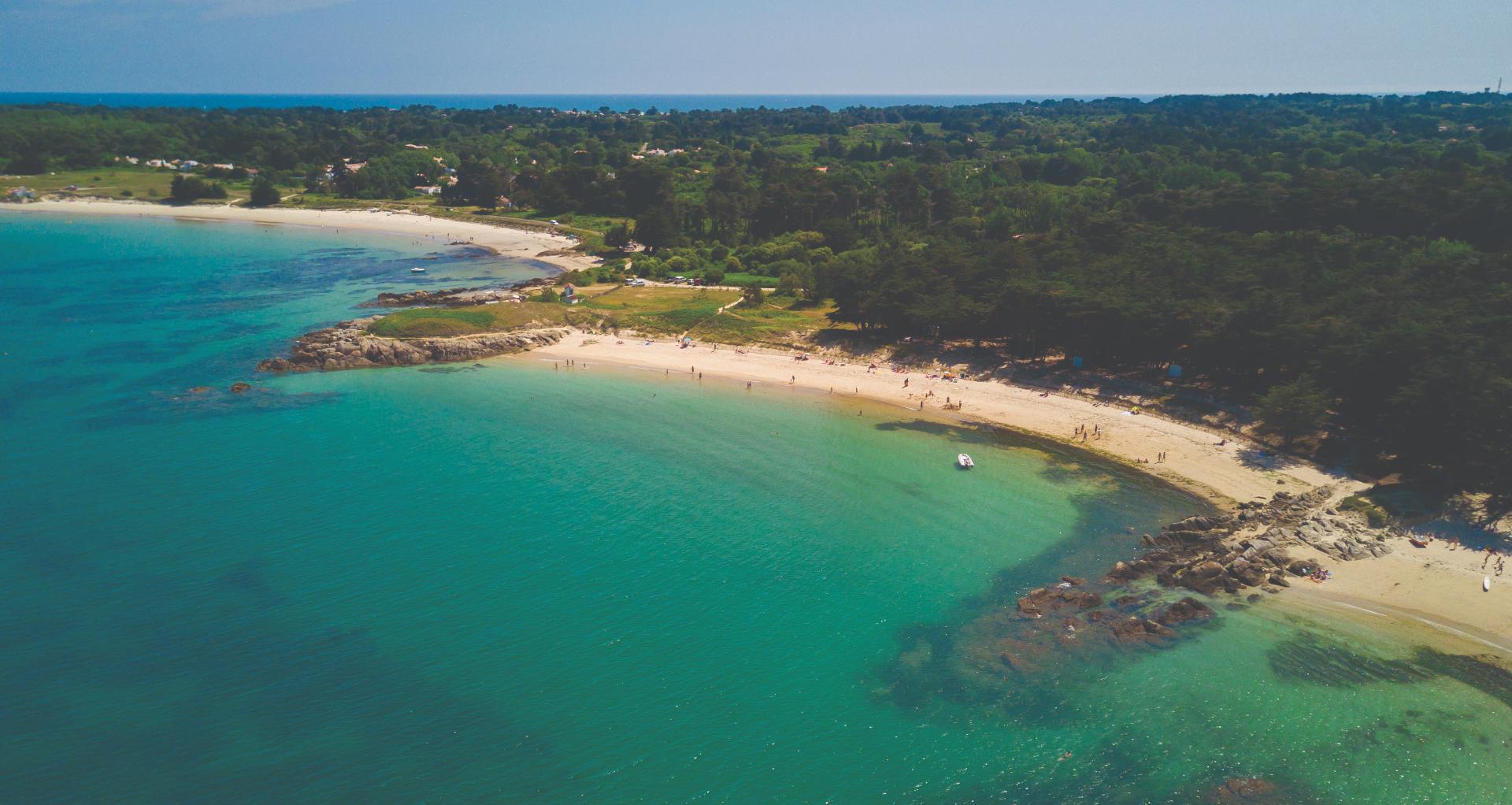
Ile d Yeu, Photo: shutterstock
MATCH THE PLACE TO YOUR POCKET
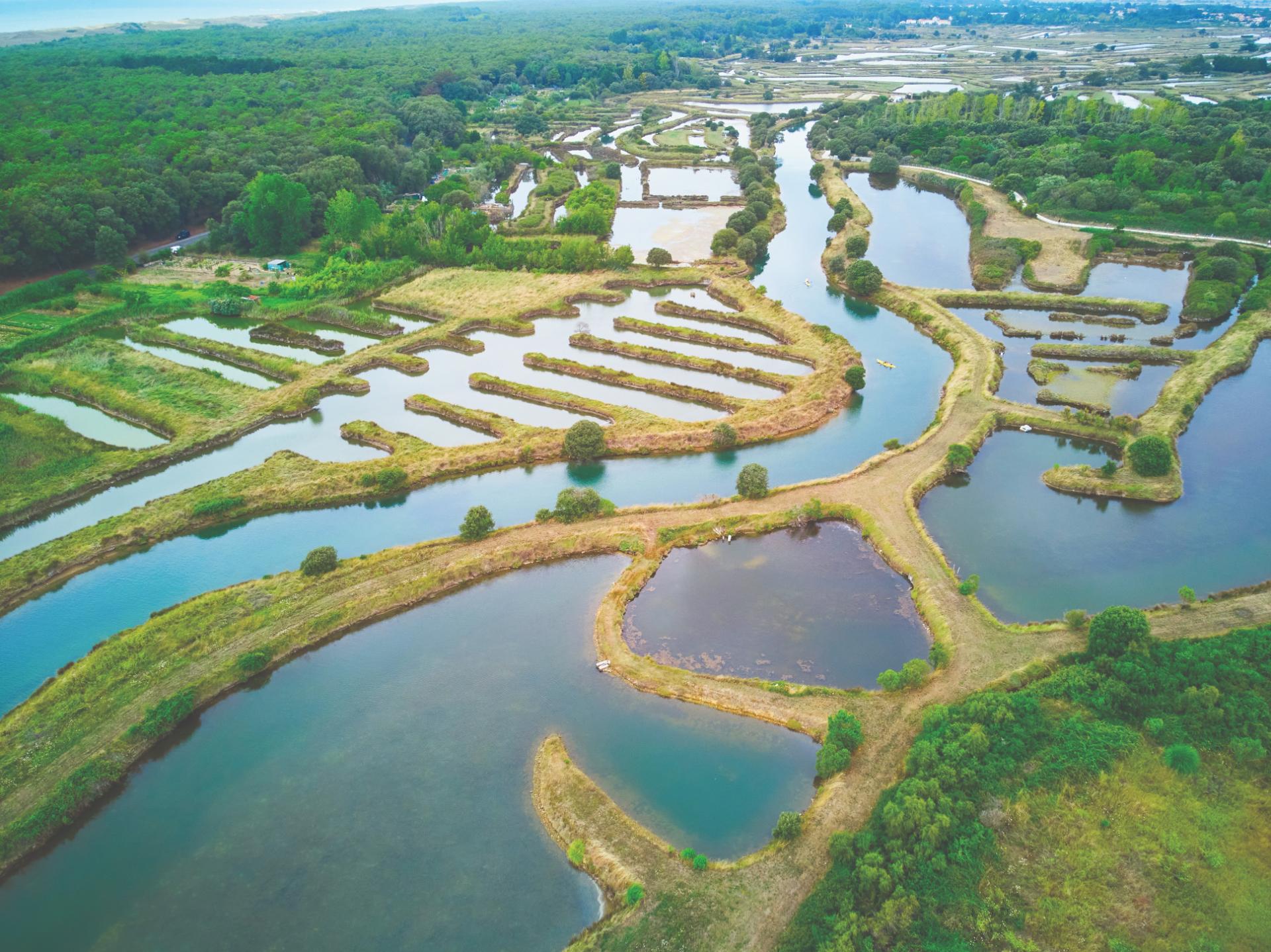
Salt marshes, photo: shutterstock
By the end of 2023, France’s average property price had increased to €3,132/m², while properties in the Vendée cost an average of €2,636/m² but, as always, there is huge variation across the region. As most tourists flock to the coast, this is where property prices will be highest, while you will get more for your budget as you head away from the Atlantic. If you go househunting further inland – on the border with the Deux- Sèvres, for example – your search will yield properties for as little as €997/m² (in Faymoreau) and even around the historic town of Fontenay- le-Comte you can find houses for under €1,250/m². What you can get for your budget immediately decreases as you look at any coastal areas, where properties tend to cost around €4,000/m², and can even reach €5,500/m². This means that, depending on your chosen location, a family home of 120m³ in the Vendée could cost between €120,000 and €660,000, so you’ll need to choose carefully!
LOCATION: WHERE TO FIND WHAT YOU WANT
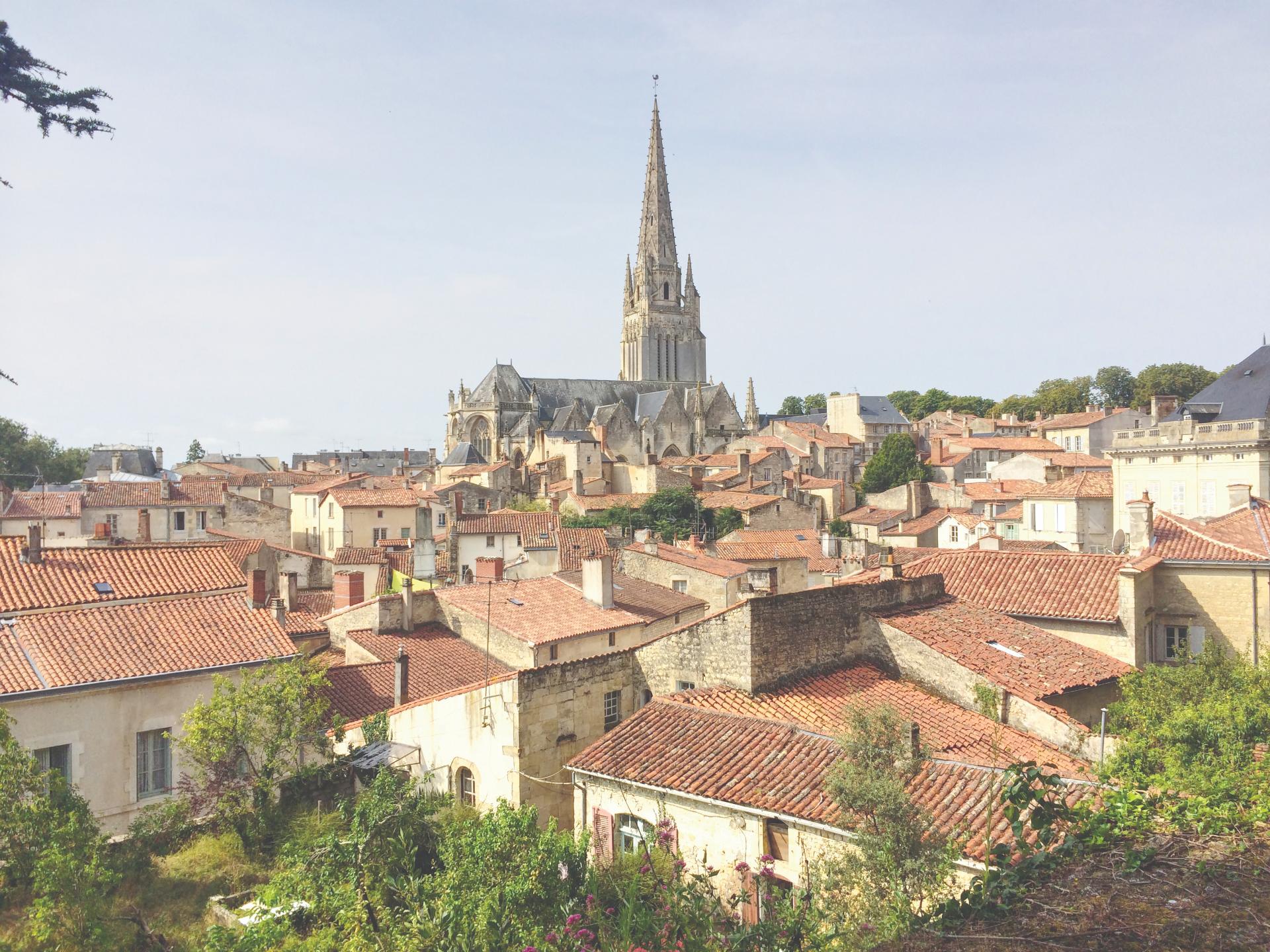
Fontenay-le-Comte, Photo: shutterstock
The French national statistics institute, INSEE, shows that the Vendée towns and cities with the highest population are La Roche-sur-Yon (55,213) and Les Sables-d’Olonne (46,941), followed by Challans (21,900), Les Herbiers (16,266) and Fontenay-le-Comte (6,945).
La Roche-sur-Yon is an attractive option for anyone used to city living, as its size is between a large town and small city. Founded by Napoleon in 1804, La Roche has wonderful Neoclassical architecture, wide pedestrianised streets and waterside walks that are perfect for strolling tourists.
It’s possible to find a studio flat here for €60,000, but most are over €85,000 and would rent out for around €350 per month. Townhouses start at €160,000 but a budget of €200,000 gives you a choice of 100m² homes including a modest garden.
Sailing enthusiasts should head to Les Sables-d’Olonne, home to the round-the-world Vendée Globe race that made Ellen MacArthur a household name (the next race leaves on 10 November 2024). If you’re renting, it’s hard to find anything here for under €600 a month, and a 50m2 home rents out at €850 a month, so it’s not surprising that buyers need a budget of €90,000 to consider purchasing even a 18m² studio flat and €110,000 for a 30m² apartment. Houses start at around €180,000.
For history and heritage, try Fontenay-le-Comte to the east of the Vendée, with fewer than 7,000 residents and a smaller town feel. The cobbled streets and pale stone buildings in the old quarter contrast with the modern boardwalks across the river and the trendy pavement bars. Apartments start at €60,000 for 60m³, and a budget of €120,000 will give you a wide choice: a small townhouse in the centre, a large apartment or a family home on the outskirts. There isn’t a big market for year-round lets here, but there are lots of holiday rental opportunities for studios, large apartments and family homes.
Next up is the ever-popular island of Noirmoutier, where you’ll find some of the highest prices in the Vendée. For example, a 23m² studio fetches €135,000, a 50m² apartment over €210,000 and a single- storey 40m² house €265,000. This is balanced by the fact that the majority of holiday rentals on Noirmoutier cost over €100 a night off-season and even more in summer. This tiny island is less than five hours from Paris (by car or train) and three hours from St-Malo, although the road connecting Noirmoutier to the mainland can get busy at peak times.
To maximise smaller budgets, focus on rural areas that lie between the main towns. Properties under €50,000 are still likely to require major renovation but for around €75,000 you can find spacious townhouses or stone properties needing mostly cosmetic work. For self-builds, €50,000 would buy a 350m³ plot with connected utilities in several Vendée villages, or as much as 2,250m³ in Longèves near Fontenay-le-Comte.
TRANSPORT
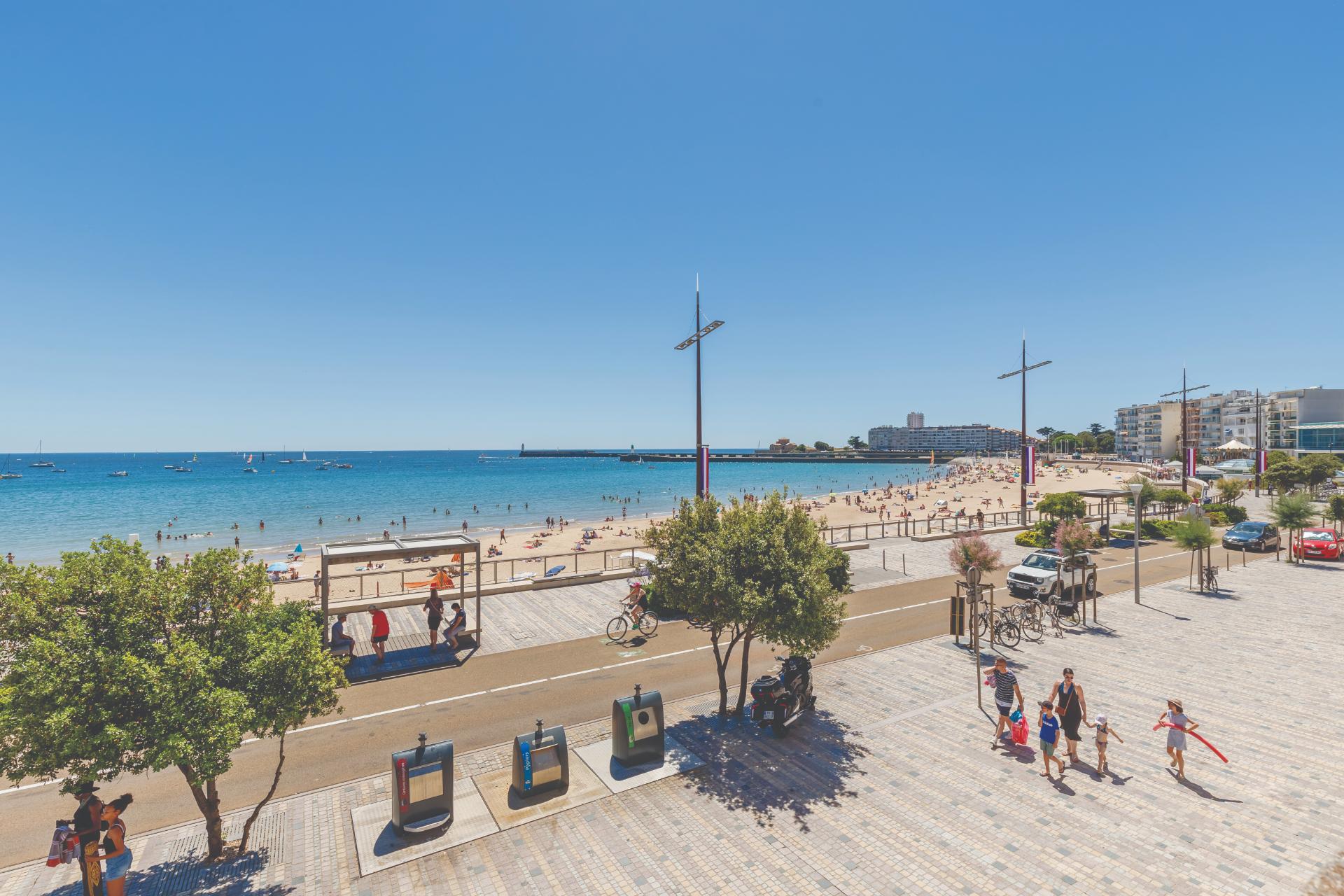
Les Sables d Olonne, Photo: shutterstock
Despite being halfway down the west coast, the Vendée is rather easy to access, thanks to its infrastructure. By car, La Roche-sur-Yon is two hours 40 minutes from St-Malo ferry port, and under four hours from Paris. If you prefer to travel by train, then coming from Paris Montparnasse, La Roche-sur-Yon takes. three hours 40 minutes and Fontenay-le-Comte is a very reasonable three hours 20 minutes. For flights, head to Aéroport Nantes Atlantique to the north or La Rochelle airport to the south and you’ll be within 30 to 90 minutes of most of the Vendée.
EMPLOYMENT AND THE ECONOMY
The Vendée relies heavily on its tourism income, which brings in sales of over €2.5bn and is responsible for more than 37,000 jobs. Well over half of workers in the Vendée are employed in commerce, transport and the service industry-60%, compared to a national average of 45%. Unemployment is low in comparison to the national average: only 7.5% of those of working age are unemployed, versus 9.5% nationally. Around 9% of the Vendée’s population are retired, which is slightly higher than the national average of 6.2%. Otherwise, the profile of the workforce here is very typical of France as a whole, with similar proportions of those who are salaried or self-employed, and around the same percentages of part-time employment.
FOOD AND DRINK
In the Vendée, you must try la gâche, the soft, sweet bread made with eggs and crème fraîche that is fabulous dipped in a morning coffee. On the savoury side, try préfou, a bread topped with garlic and butter and often sprinkled with chorizo, olives or cheese and makes an ideal partner for aperitifs. Speaking of which, don’t miss the tipple known as trouspinette. It’s a heady mixture of sweet wine, brandy and hawthorn shoots or blackthorn shoots – a local speciality that certainly makes its presence felt! Alongside these treats, everyday specialities include local hams, Noirmoutier potatoes bursting with flavour and the mogette white bean, used in casseroles and also flavoured to make a savoury spread that tastes wonderful on crusty bread.
LIKE A HOLLYWOOD FILM SET
Don’t miss out if you get the chance to visit the Puy du Fou theme park. It covers 55 hectares with scenes and shows throughout the day that truly bring history to life. Visit rustic villages of the Middle Ages or settle in to watch the vast spectacle of a Roman gladiatorial fight. It’s impossible not to be absorbed by the action, which is recreated by a cast of thousands of actors and volunteers. The park is located 25km south of Cholet and welcomes 2.5m visitors a year, including spectators for its nocturnal extravaganza, Cinéscénie, which features 2,500 actors and dancers retracing seven centuries of history, complete with pyrotechnics. It’s definitely an experience that you will never forget!
WHAT THE AGENTS SAY…
Local property agent Aurélien Mandin has worked in the Vendée since 2017, and explains the unique profile of the property market in this region. “There are two distinct markets here – the coast and inland- and both are very strong. Unemployment is very low here, so inland areas are popular with commuters, while the coast is always in demand from tourists. This means that if you’re planning to invest and rent out, you’ll always find a tenant or holiday-letting options. After Covid, prices exploded but this has calmed down and it’s now more of a buyer’s market again. A sea view automatically adds a 30% or 40% premium. If you want a place by the sea, you need to be in a position to react quickly. Maximise your budget by buying within 20km of the coast, so you’re not paying top prices, but still within 25 minutes of the sea.” (coldwellbanker.fr)
Looking for more like this?
Every issue of French Property News delivers in-depth regional buying guides, sound and trusted advice from leading experts, inspirational real life stories, renovation tales and lots of lovely properties to browse.
Lead photo credit : Noirmoutier island, Photo: Shutterstock
Share to: Facebook Twitter LinkedIn Email
More in buying in france, Location guide, Vendee
Leave a reply
Your email address will not be published. Required fields are marked *



